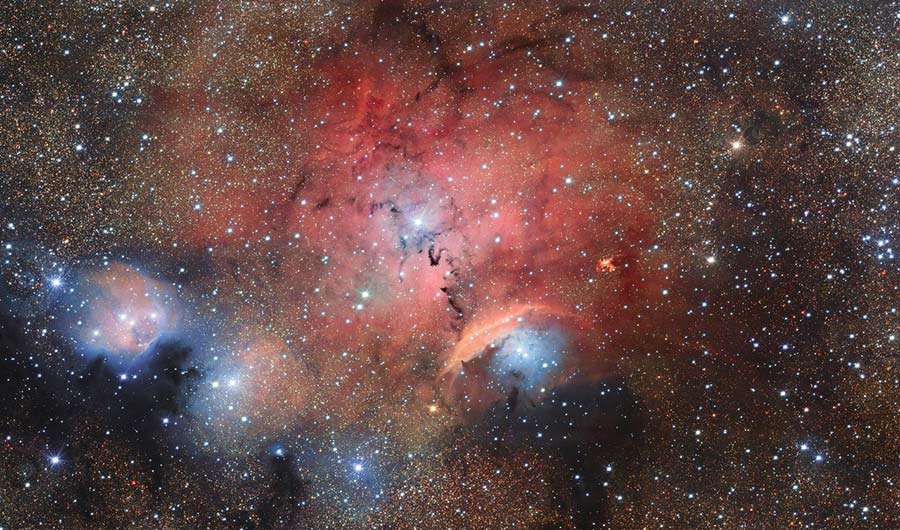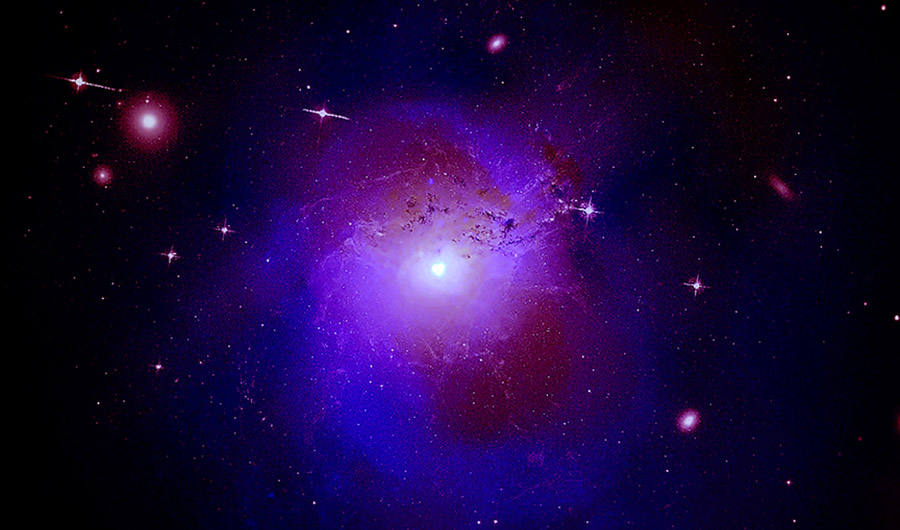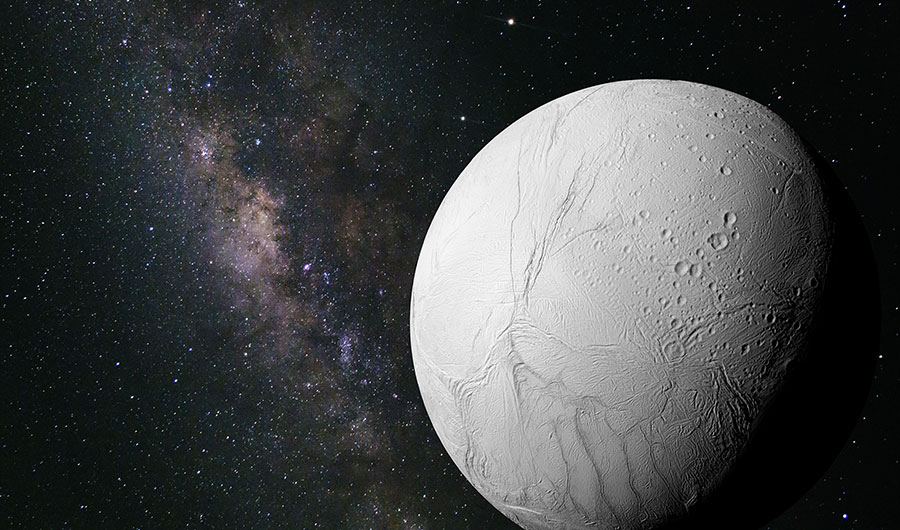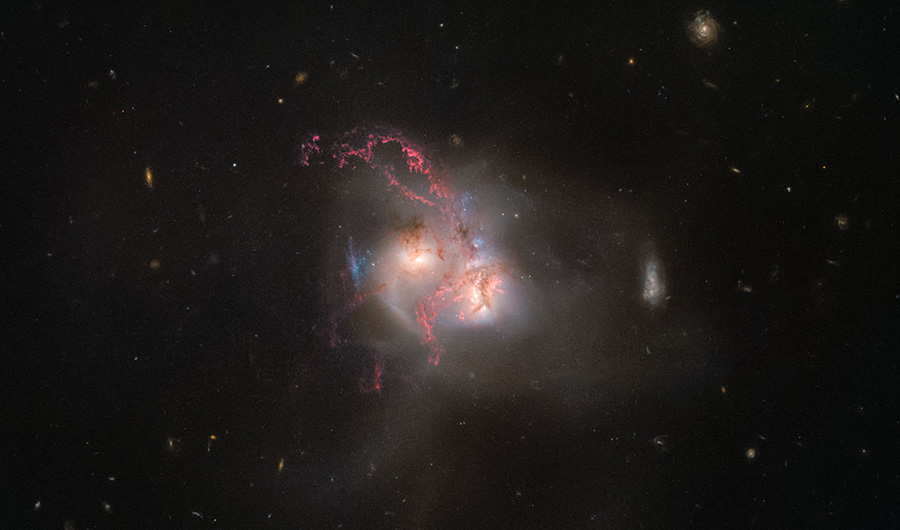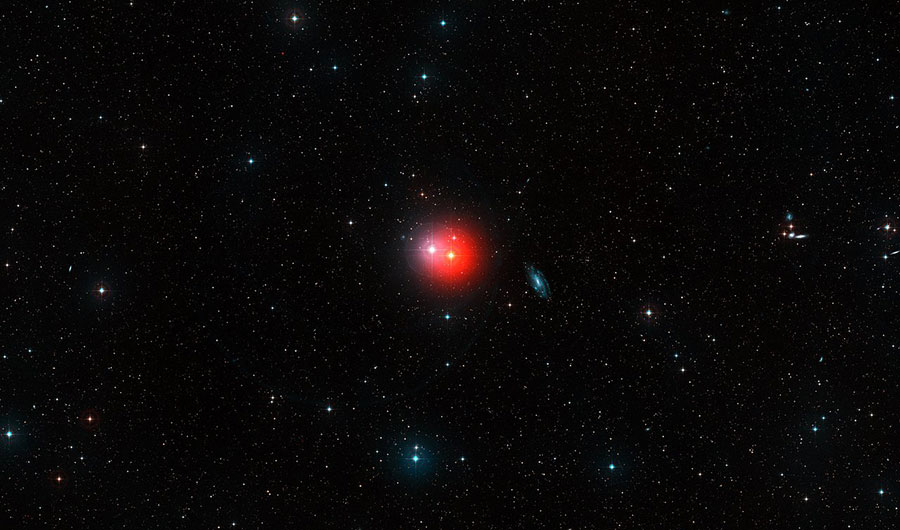December's Shimmering Space Pictures
This month, our slideshow features starry nights and winter wonderlands around our universe.
Image
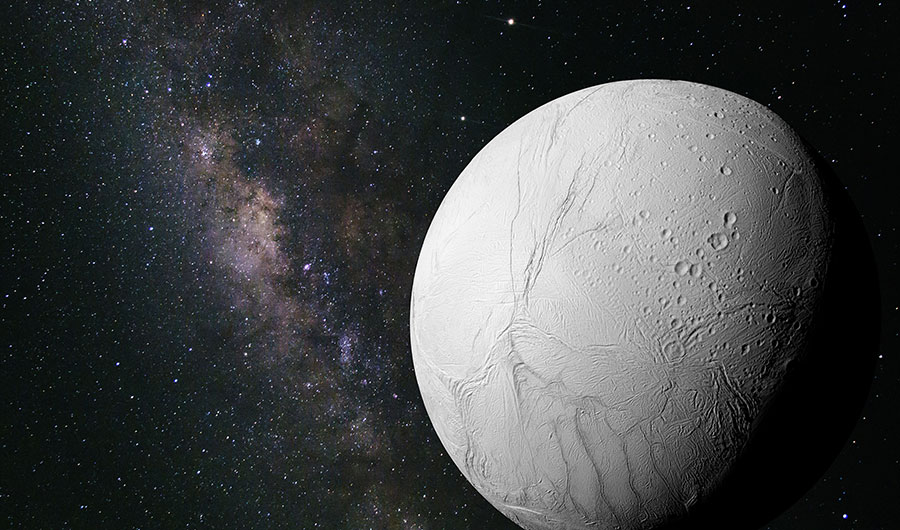
This is Saturn's sixth largest moon, Enceladus -- a frozen landscape that researchers think could be potentially habitable to alien life.
Media credits
(Inside Science) -- This December, wintry weather descended on much of North America. We celebrate the cold and sparkly holiday vibe in this month’s slideshow. We present image of a frosty environment in our own solar system, as well as pictures of the starry night skies in the universe surrounding us.
Filed under

